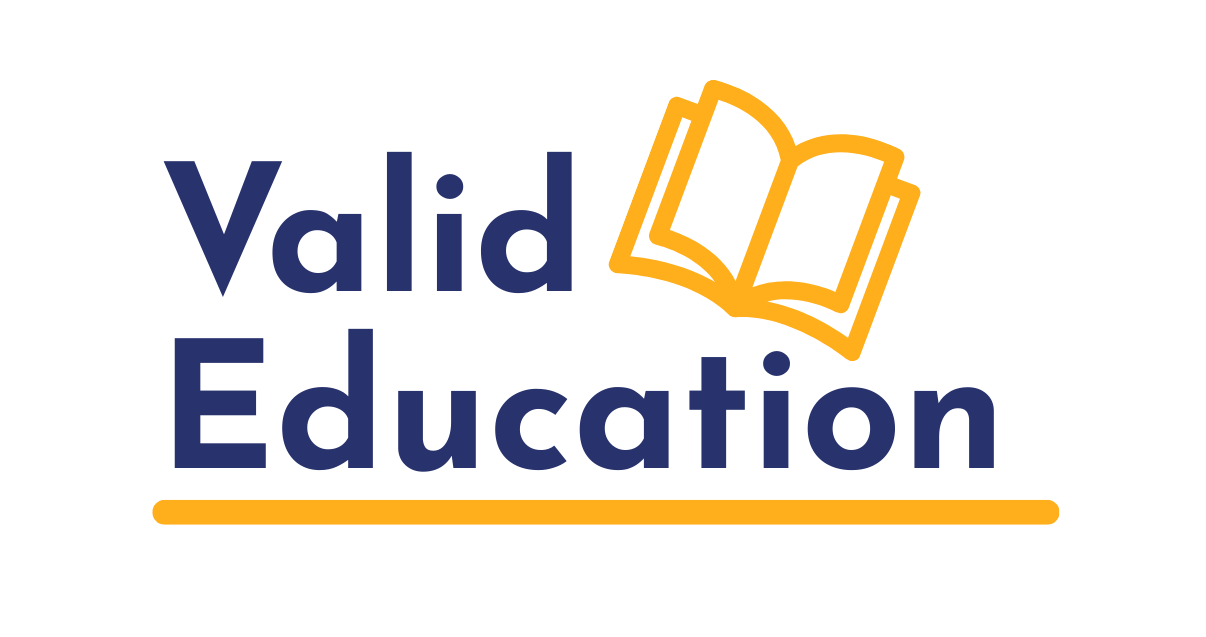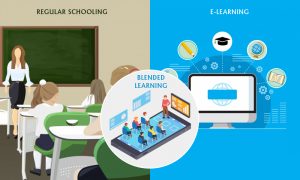Fun elements in learning can help us as teachers or stakeholders in a number of ways. It makes the overall process seamless. And adds a joyous touch to the otherwise dull topics.
In recent times, new choices like 100% online schools or hybrid learning approaches, have changed the pedagogies of teaching and learning. Despite this paradigm shift, the importance of the fun element for students remains as it is.
Let’s explore some other benefits of fun in learning over and above it’s advantage of simplifying the process.

Here’s more about it:
1.Retention of Information and student engagement
By making learning fun, we automatically make the content appealing to the students. This fun element helps them to effortlessly get engaged in their learning process. And eventually supports better retention of facts/concepts/information/subject-matter. Fun in learning keeps students motivated to learn better. This improves the quality of their learning outcomes. And helps in resolving the complex challenge of student engagement.
Another benefit of fun in learning is that all students in a multicultural classroom can be engaged to pay better attention by adding fun elements. This helps in the successful dissemination of the academic content. And improves the learning process beyond the pedagogies and instructional delivery methods.
2. Adds several helpful features
When it comes to student engagement, most educators are on the same page about the fun elements. Fun in learning helps in adding some meaningful features to the teaching and learning processes.
Some researchers have collated these features in their findings:
Some of these include:
- Problem-solving
- Collaboration
- Imagination
- Customization
- Exploration
- Role-playing etc.
Just like the surprise elements of gamification in learning, fun element also creates opportunities for lateral thinking, cooperation, and recognition, etc. all this makes even the most mundane topics fun for the students. And they cherish the additional perks in the form of recognition/rewards throughout their joyous learning. This sense of exploration makes conceptual understanding easier. And eventually, it also supports the realization of their broad educational goals.
A recent example of fun in learning is the growing popularity of virtual learning (online schooling/hybrid approaches/blended etc.). The recent statistics reveal a stupendous growth rate of online learning because of its high-quality and engaging content. For instance, a popular massive open online course provider witnessed double enrolments in the year 2020. Similarly, in the next year, this number further increased by 32%.
3. Improves cognitive development
Joyful education is associated with improved cognition. This happens because of a better focus. And it allows an individual to stay attentive for a longer period of time. Fun in learning makes students enthusiastic about their learning. This improves their brain functioning. And stimulates the brain to perform better.
Adding fun and interactive elements in the teaching and learning process also promotes understanding and reflective levels in teaching. This reduces the dull, uninteresting, and ineffective memory level teaching. And allows students to develop deep understanding of the content passively. The opportunities created by fun elements in learning strengthens learning opportunities. And in this way, it adds value and quality to the overall process.
4. Better bonding with educators
Joy or fun in learning is also rightly believed to improve the inter-personal relationships between the teacher and the taught. When students find classes/topics memorable they tend to participate more in the activities/discussions. This improves their active learning process. And yields better results in terms of developing an academic base.
5. Helps in raising the bar
Students who are purposefully engaged through the fun element of learning push themselves beyond their limits. They drive themselves to raise the bar. And come up with improved efforts thereby leading to better achievements. This kind of learning is also permanent in nature. Because students take part actively. And find their learning more purposeful. Playful challenges can involve even the shy students effortlessly. And the intellectual benefits of this element can prove to be a game-changer for such students in a fun-filled classroom.
Quick tips for adding fun elements to the learning process:
1.Real-life experiences
When you relate topics to a student’s real life, he/she enjoys understanding the concept better. The application part of the concept can also be used as activities or projects for students to add an enjoyable element.
2. Mixing up resources
We are fortunate to enjoy a host of technological tools and applications in this digital age. These resources can be used effectively to engage students through immersive learning experiences. Parents and teachers can follow the pedagogies of 100% virtual schools to incorporate fun in learning. They can make use of free online resources or choose some affordable subscriptions to add an engaging multisensory learning experience for their students.
It is also a great idea to mix up things and rotate without repeating any resources time and again. This addresses the unique learning needs of different types of learners. And all types of learners can make the most of these credible teaching pedagogies.
3. Encourage collaboration
Another easy yet effective way of adding the much-needed fun element in a classroom is to make use of collaboration techniques. You can divide students into small groups and align a couple of activities to promote interactions. Collaboration in learning helps in building positive relationships. And it also improves the student’s social skills by allowing opportunities for cross cultural interactions.
Final Thoughts:
Fun element in learning has serious intellectual benefits. It can add great quality to the teaching and learning process. And helps students to acquire the necessary skills without putting in much efforts.
It can be a challenge for teachers to add these elements to their classrooms. However, once they succeed in doing so, it can add an unmated touch of meaningful learning in their classrooms.
As stakeholders, we struggle to combat various challenges during the teaching and learning process of a student. However, the aim of mastery-level learning is now reachable with the support of fun elements in learning.
Hope you could relate to this information and found it useful.
Thanks for Reading!




